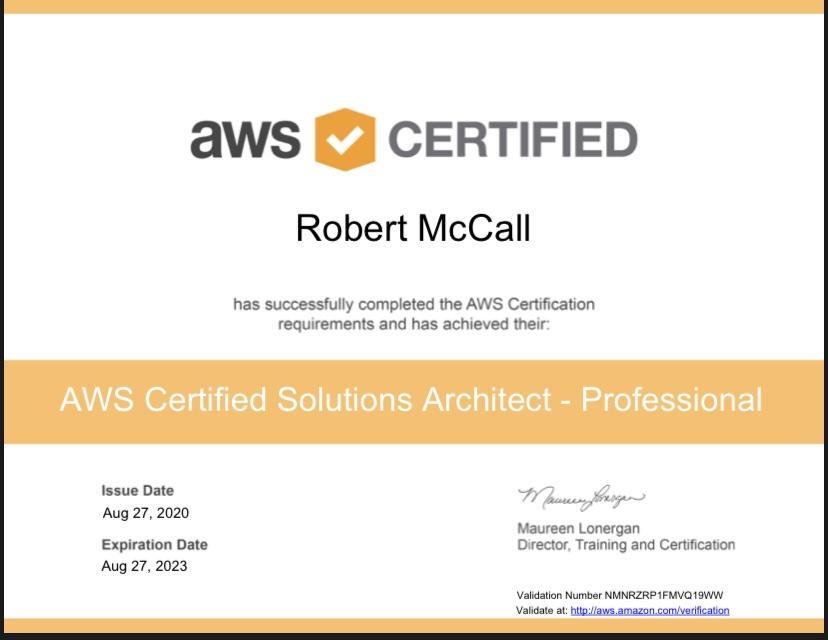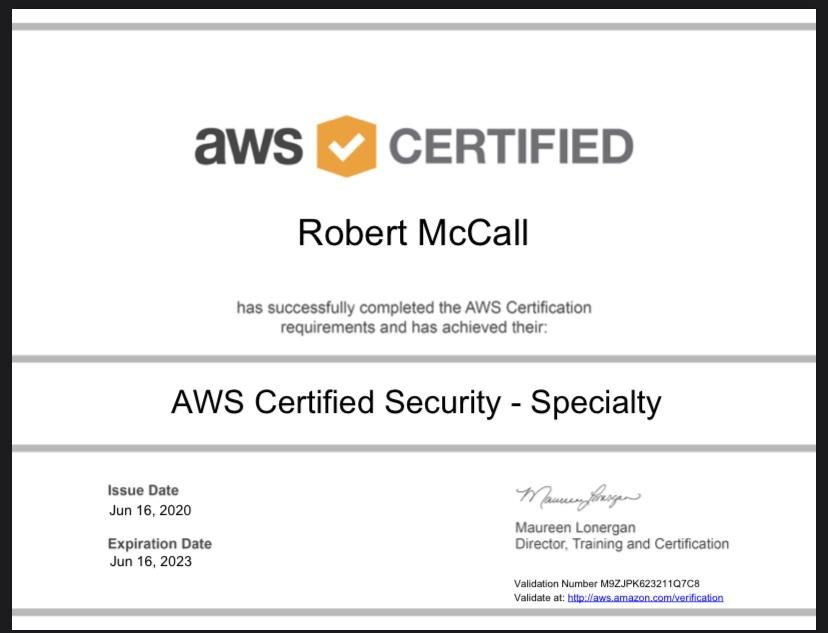We strive to provide you with authoritative, trustworthy, and expert advice. In doing so, the staff at clouddropout.com performs extensive research, editing, and fact checking to every post on this webiste. If you feel that this article can improve, please feel free to reach us at staff@clouddropout.com
Before continuing this article, I wanted to let you know that I have a Youtube Channel where I showcase all sorts of video content related to Tech. Subscribing would mean a lot to me, and I very much appreicate all the support!
If you’re reading this blog and are wondering how to learn AWS, you’ve come to the right place because all I do is talk about how to level up your tech career and all things AWS.
But first a little bit about me. I had over five internships throughout my time in college, and graduated University in may of 2019. My last year of college I interviewed practically every week with companies all around the US.
It allowed me to get a better understanding about not only the cyber security industry, but the whole technology land scape. All roads pointed to the cloud and in particular, AWS.
Since that realization I managed to get all three associate AWS certifications, the AWS Security Specialty certification, and have passed and re-certified for the AWS Solutions Architect Professional – twice.









I also have been working as an actual AWS Solutions architect at AWS for almost 4 years, and have had a broad influence across different segments within the public sector of AWS. I even got to author a Security Best Practice for the Global Well Architected Framework.



All of this didn’t come without it’s challenges, which is why i’m sharing how I would do it over again with my current knowledge set.
Hopefully this can be helpful for some of y’all!
Step 1: Cloud Fundamentals
Looking back, I would definetley start with the fundamentals. To do this, I would recommend going through the Adrian Cantrill Courses.
He used to be an instructor for Linux Academy (acquired by ACloudGuru), but has since started developing his own material. In my opinion, his courses are the gold standard for learning the AWS Fundamentals and actually learning how to be an engineer/architect.
The courses are very in depth and walk you through different scenarios all relevant to actual AWS use cases. They even align directly with AWS Certifications, which is a big plus as well.
Step 2: Get AWS Certified
The next thing I would do, is to get certified. This is really crucial to show potential employers (or your current one) that you are serious about learning a relevant technology, while also being able to have something tangible you can put something on your resume.
Lots of people will discourage you from getting a certification or say you should get experience first, but if you don’t have any of that, getting certified can be a great way of making that first step while also having a quick win that you can point to.
The resources I would reference for studying for AWS certifications are the Jon Bonso exams. They are very affordable and give the best bang for your buck when it comes to getting actionable insights into what an AWS exam would entail.
The Practice exams also give very detailed responses to each and every question to further help you understand why or why not something is correct.
I recommend starting with the section reviews first and then take a full practice exam. Try to get above a 90% on each attempt and once you do it consistent enough, take the test.
Step 3: Hands-on Experience
The other thing I would do is try to get hands-on experience. Now that you’ve gotten the AWS Cloud fundamentals in and hopefully an AWS certification, you can leverage some resources available online to obtain relevant AWS experience. The first of which is something called AWS Workshops.
They are hands-on events designed to teach or introduce practical skills, techniques, or concepts which you can use to solve business problems.
Depending on your interest and level of experience, you can filter by categories and choose the level of depth you want to go.
Another less-known way of getting practical, hands on experience is to leverage AWS Docs. For each service, there are generally helpful tutorials that walk you through how to setup an easy ‘proof of concept’ in AWS.
Here is one for Amazon Rekognition Custom Labels, that lets you create a machine learning model to detect images in pictures. Make sure to turn everything off when you are done to avoid being billed heavily!
Step 4: Bonus Tips & Tricks
Everything you do, document and log it. The more traction you get with AWS certifications and obtaining AWS knowledge, the more tangible your experience becomes to potential employers looking to hire you for a tech job.
